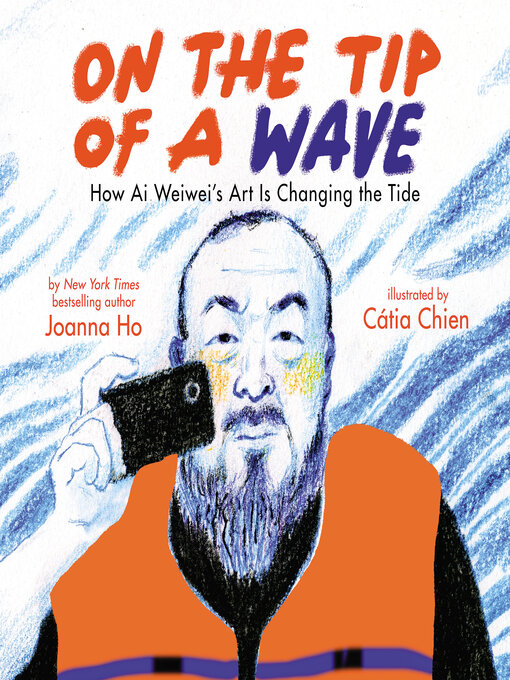2024 Bank Street Children's Book Committee Best Books of the Year
2023 IA Iowa City Public Library Best Books of the Year
2023 CA Eureka! Nonfiction Children's Book Award Silver Medal
2024 NCTE Orbis Pictus Award Recommended Title
Starred Review from Kirkus Reviews
Starred Review from Publishers Weekly
Starred Review from School Library Journal
Starred Review from Booklist
From New York Times bestselling author of Eyes That Kiss in the Corners, Joanna Ho, and critically acclaimed illustrator, Cátia Chien comes a moving, powerful picture book about the life and work of activist and artist, Ai Weiwei.
He [Ai Weiwei] felt the life jackets and an idea curled and crested through his fingertips. The way it always did.
Told in Joanna Ho's signature lyrical writing, this is the story that shines a light on Ai Weiwei and his journey, specifically how the Life Jackets exhibit at Konzerthaus Berlin came to be. As conditions for refugees worsened, Ai Weiwei was inspired by the discarded life jackets on the shores of Lesbos to create a bold installation that would grab the attention of the world. Cátia Chien masterfully portrays the intricate life of Ai Weiwei with inspirations from woodblock printing and a special emphasis on the color orange, the same color of the life jackets that became a beacon of hope. Through Cátia's dynamic and stunning illustrations, we see how Ai Weiwei became the activist and artist he is today while proving the power of art within humanity.





